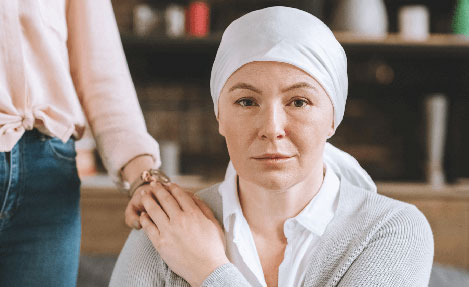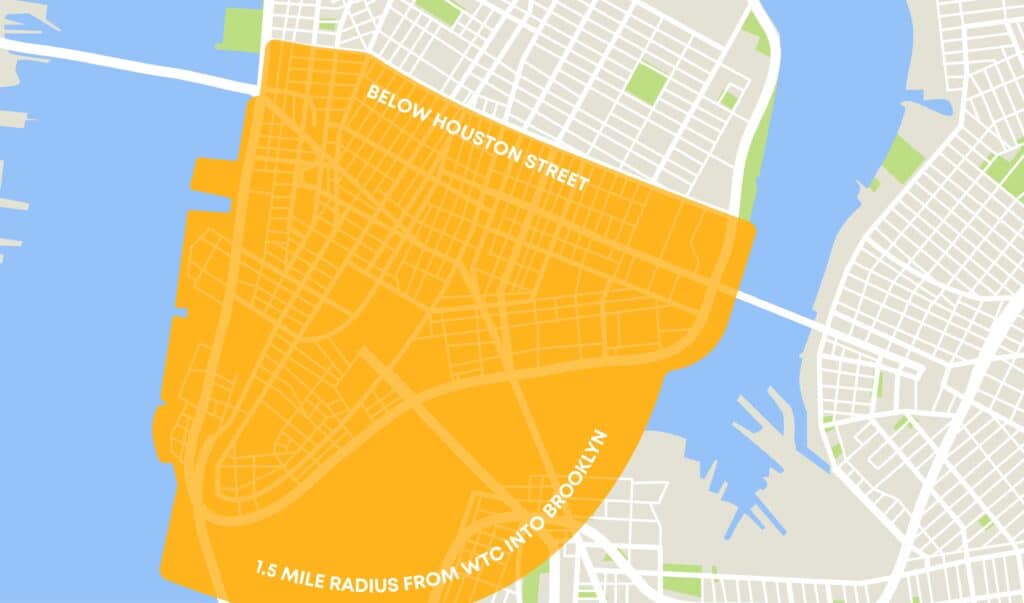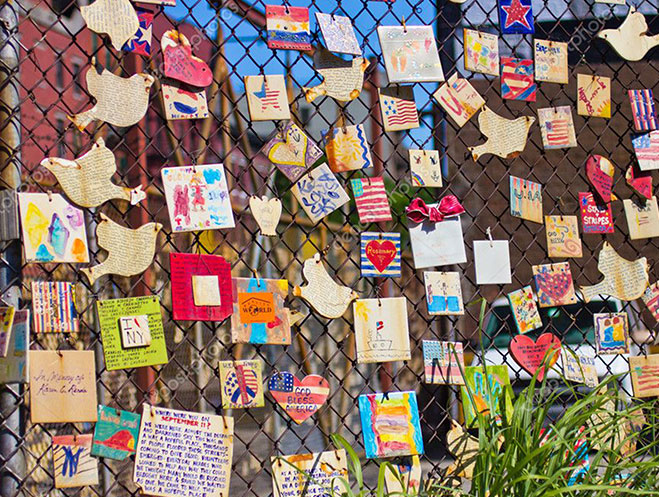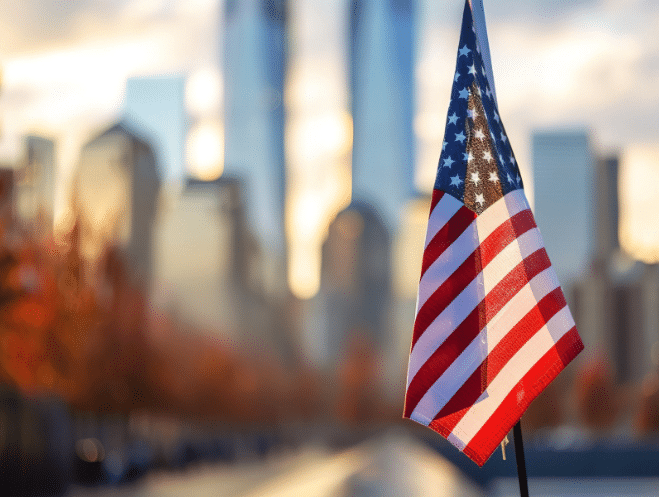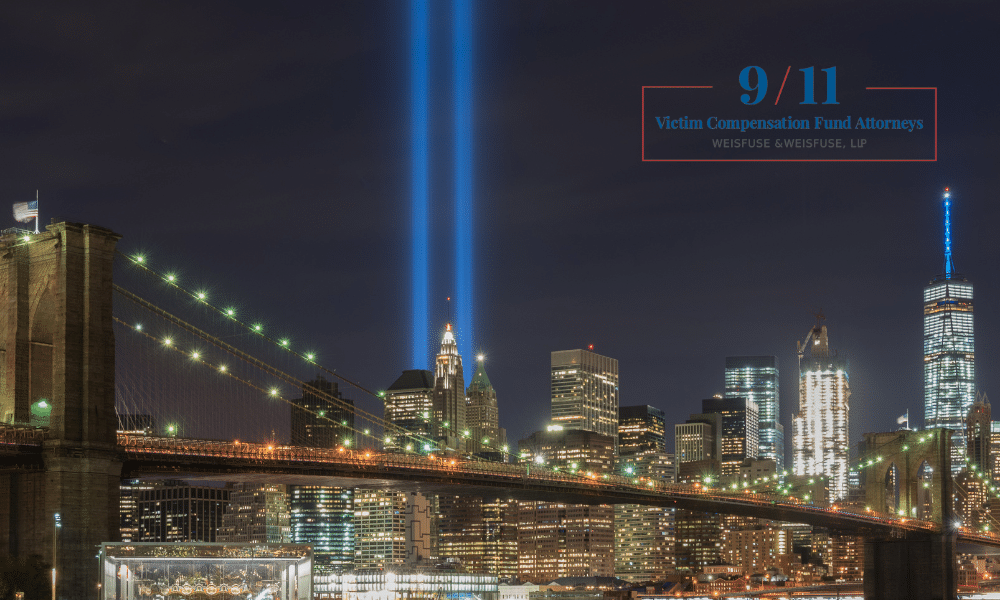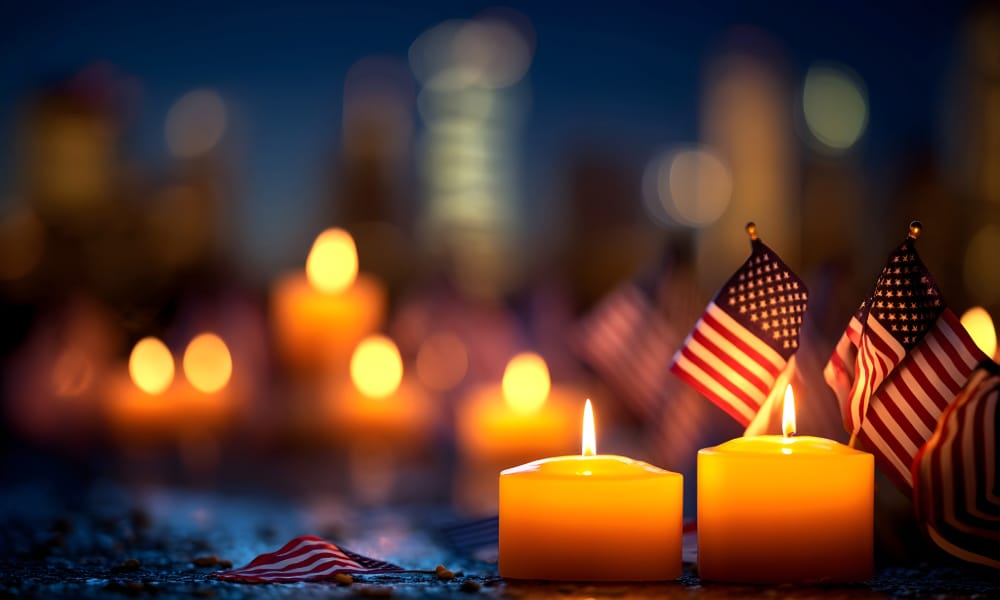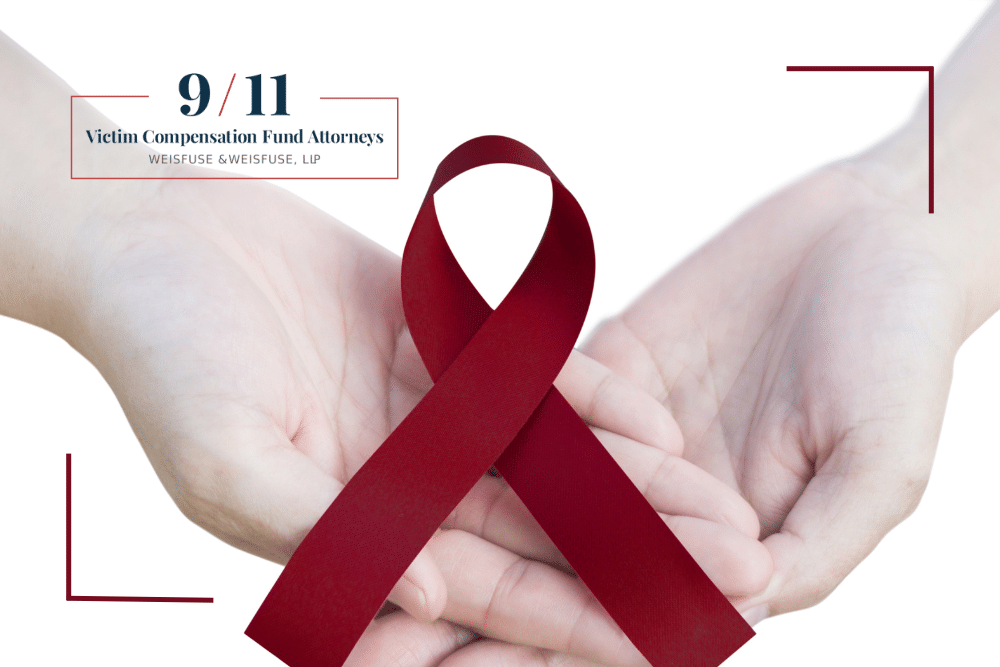
In the aftermath of the 9/11 attacks, hundreds of thousands of people in Lower Manhattan were exposed to airborne toxic substances that subsequently caused a range of serious adverse health conditions.
Among these conditions are multiple types of cancer, including cancers of the blood and lymphoid tissue. People with these conditions, certified as 9/11-related by the WTC Health Program, are eligible for compensation from the September 11th Victim’s Compensation Fund (VCF).
Lymphoma, leukemia, and multiple myeloma are all covered by the VCF, allowing survivors and responders to claim a range of compensatory financial awards. Families of victims who have died from such diseases may also be able to claim compensation from the fund.
What is myeloma?
Myeloma is a type of blood cancer resulting from malignant plasma cells developing in the bone marrow. It is often termed “multiple myeloma” because multiple bone lesions are often discovered at the time of diagnosis.
Myeloma forms in plasma (white blood) cells, which usually help fight infections by making antibodies that recognize and attack pathogens.
However, people suffering from multiple myeloma experience the dysfunction of healthy blood cells caused by the action of cancerous cells, leading to the production of abnormal proteins. The disease can lead to fractured or broken bones from minor stress or injury that would normally be well tolerated by a healthy individual.
Early diagnosis usually comes from blood tests, which can reveal abnormal levels of proteins and calcium, as well as low red and white blood cell counts. Urine tests can also detect abnormal proteins produced by myeloma cells, while bone damage and tumors can be identified with X-rays, MRIs, and CT scans. A biopsy of bone marrow tissue will confirm the diagnosis.
There is strong evidence (see below) suggesting that environmental factors contribute to the formation of myeloma, with the toxic substances in the 9/11 dust cloud under considerable scrutiny.
Treatments for myeloma range from chemotherapy and radiation therapy to drug therapy, stem cell transplant, immunotherapy, and others.
What are the symptoms of 9/11-related myeloma?
One of the problems with myeloma diagnosis is that many of the symptoms align with other conditions, and so the disease may not be identified until it reaches its later stages. Like with most cancers, this potentially worsens the prognosis. Early diagnosis is essential for effective treatment and survival chances.
Some of the most common symptoms of myeloma include:
- Pain in the back, spine, or chest.
- Hip, skull, or any other type of bone pain.
- Fatigue or anemia (from a low red blood cell count).
- Increased risk of infections (from a low white blood cell count and weakened immune system).
- Unexplained weight loss.
- Digestive issues (nausea, constipation, etc.) from elevated calcium levels due to bone breakdown.
- Loss of appetite.
- Mental fog.
- Frequent urination.
- Nerve problems (tingling, numbness, or weakness), especially in the legs.
- Excessive thirst.
Study finds higher myeloma risk for 9/11 firefighters
An elevated risk of myeloma has long been suspected of affecting 9/11 responders and survivors. A study published in 2022 in the Blood Cancer Journal has all but confirmed the link, focusing on firefighters exposed to the fumes and toxic dust cloud in the hours, days, and weeks after the attacks.
The study measured the risk of a multiple myeloma precursor disease (known as MGUS) in FDNY firefighters exposed to Ground Zero toxins on and after 9/11. It found “mounting evidence supporting an association between WTC/environmental exposures and MGUS among rescue/recovery workers.”
The firefighters monitored in the study experienced almost double (180 percent) the normal risk of developing myeloma precursor disease, which could ultimately develop into multiple myeloma. This suggests that all first responders (firefighters, police officers, and volunteers) who spent prolonged periods in the exposure zone are more vulnerable to developing multiple myeloma than the general population.
There is no reason to believe that this would be any different for residents, workers, and students who breathed the same toxic air in the aftermath of the attacks—and who are increasingly being diagnosed with blood cancers like multiple myeloma.
Qualifying for multiple myeloma compensation from presence in the 9/11 Exposure Zone
For the purposes of the WTC Health Program, the 9/11 Exposure Zone encompasses Lower Manhattan below Houston Street and parts of Brooklyn Heights and DUMBO in Brooklyn. For the 9/11 Victim’s Compensation Fund, the area is defined as Manhattan south of Canal Street and west of Clinton Street.
Enrolment in the WTC Health Program ensures free medical monitoring and comprehensive treatment for multiple myeloma for life.
Additionally, any survivor or responder present in the zone between September 11th, 2001, and May 30th, 2002, has the right to register with the VCF and claim tax-free compensation for any 9/11 related health conditions they contract. This includes myeloma and any other 9/11-related cancer.
Under the terms of the VCF, those suffering from 9/11-related injuries or health conditions can claim both economic and non-economic losses. Economic losses include:
- Medical costs
- Lost earnings and benefits
- Replacement of services
Non-economic losses cover the pain and suffering experienced as a result of the condition.
To qualify for an award from the VCF, multiple myeloma sufferers need to register with the VCF and submit a claim with the following supporting documentation:
- Evidence of a primary diagnosis of multiple myeloma.
- Evidence of the impact of the condition on your life.
- Evidence of presence in the NYC Exposure Zone, or along the routes of debris removal, between September 11th, 2001, and May 30th, 2002.
The original 9/11 VCF operated from 2001 until 2004. Anyone who received an award from this fund but has a condition that has substantially worsened (or who has developed a new condition) in the intervening years must show evidence of this to receive a new award from the current version of the fund.
Families of victims who have passed away as a result of a 9/11-related injury or health condition can file a wrongful death claim with the fund to seek compensation.
An experienced 9/11 attorney can provide guidance and help with preparing documentary evidence for any VCF compensation claim for myeloma sufferers or their families.
To discuss your situation and learn more about how we may be able to help you, please call Weisfuse & Weisfuse, LLP at 212-983-3000 or contact us online to schedule a free consultation.
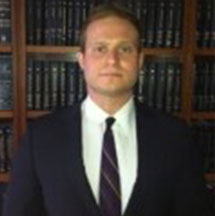
About Jason Weisfuse –
9/11 Victim Compensation Fund Attorney
About Jason Weisfuse –
9/11 Victim Compensation Fund Attorney
Jason E. Weisfuse is a seasoned 9/11 cancer attorney and managing partner at Weisfuse & Weisfuse, LLP, a New York City-based law firm dedicated to representing individuals affected by the September 11th attacks. Since the establishment of the September 11th Victim Compensation Fund (VCF), Jason has been instrumental in assisting first responders, survivors, and families in securing the compensation and medical benefits they deserve.
With a Juris Doctor from New York Law School (2009), Jason brings extensive experience regarding the 9/11 Victim Compensation Fund to his practice. His deep understanding of the VCF and the World Trade Center Health Program (WTCHP) has enabled him to navigate complex claims processes effectively, resulting in substantial awards for his clients.
Jason’s commitment to the victims in the 9/11 community is evident through his active involvement in professional organizations such as the New York State Trial Lawyers Association and the American Association for Justice. He has also contributed to legal discourse with publications in the New York Law Journal, reflecting his dedication to legal excellence and advocacy.
At Weisfuse & Weisfuse, LLP, Jason continues to provide compassionate and knowledgeable representation, ensuring that those affected by 9/11 receive the support and compensation they are entitled to.
